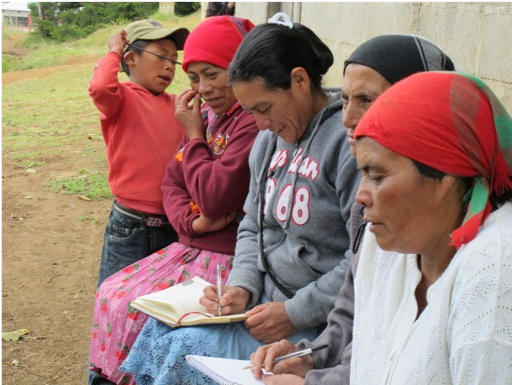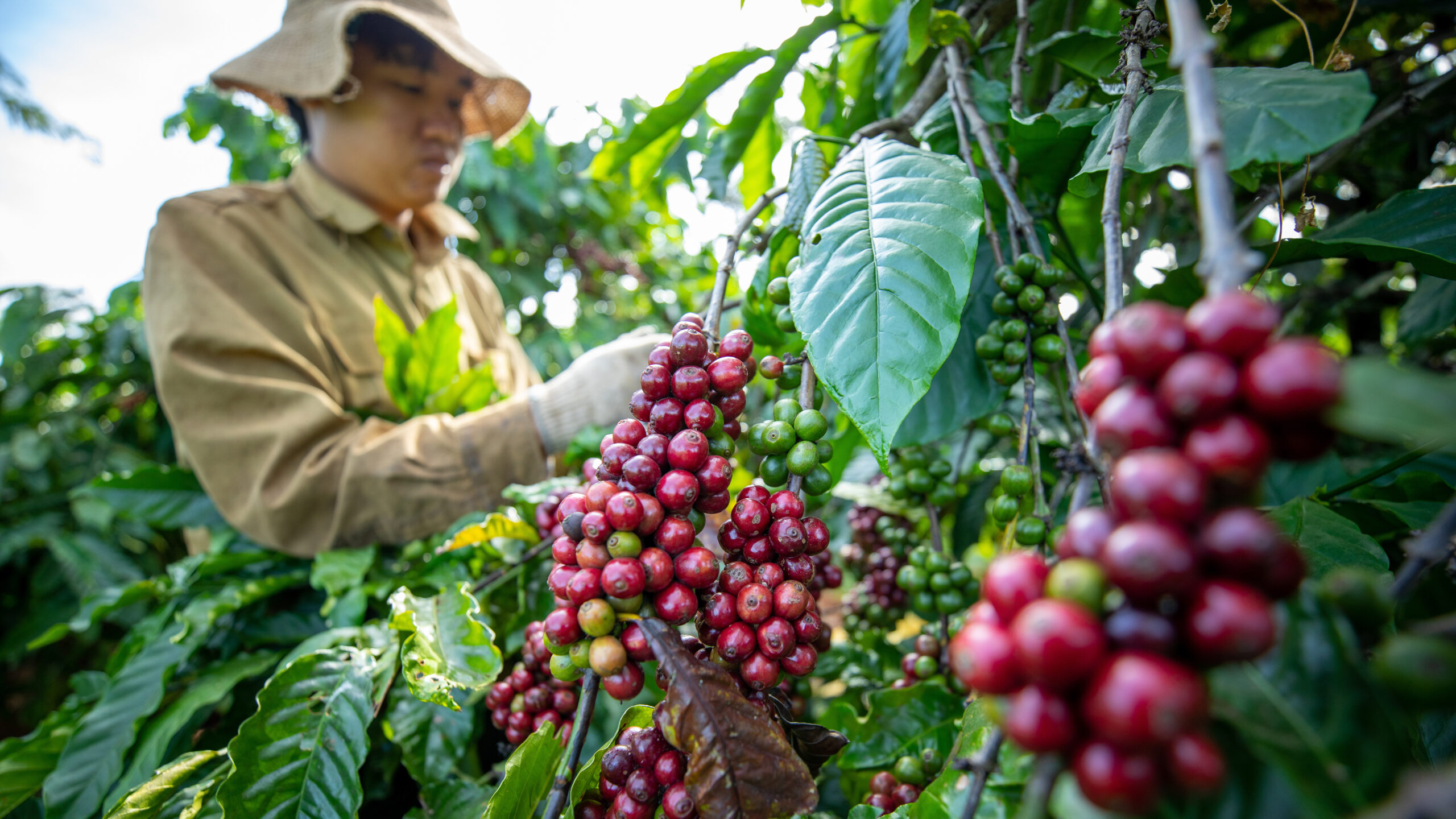Sustainable Development Goal 1 calls for the end of extreme poverty by 2030. This ambitious target requires a strong global commitment to and investment in evidence-based policies and programs. On the front lines of this effort are local, regional, and international development funds that provide assistance—typically project grants or loans—to smallholders to get out of poverty. But organizations, donors, and policy makers deciding which of these projects to back often face a difficult tradeoff: Shoulder more financial risk for a greater impact on poverty, or opt for a low-risk, more sustainable approach with less impact.
For several years, IFPRI researchers have been working on an innovative scorecard system to help reduce such tradeoffs. The system combines risk scoring with poverty scoring; examining these two factors together can help lenders and policy makers better identify programs that hit the sweet spot: both financially sustainable and effective.
The IFPRI effort examined a total of 58 projects submitted by farmers’ associations and small enterprises in El Salvador, Guatemala, Honduras, and Nicaragua to a pilot program that provided up to $250,000 in funds for improving market opportunities for smallholders, especially in areas with high poverty rates and low accessibility.
Out of these, the research team deemed 39 eligible for evaluation based on the characteristics of the association or enterprise applying for the funds, the intended project and its beneficiaries, beneficiaries’ credit history, expected project budget and execution plan, and other relevant information.
The 39 projects were first assessed for their level of risk. Researchers assigned a weight to each based on the financial characteristics of its direct beneficiaries, using a flexible scoring algorithm built based on advanced statistical techniques. This allows lenders to more accurately determine which projects carry the lowest risk and thus the greatest potential for long-term sustainability. Twenty-four projects were deemed to carry an appropriate level of risk and moved on to the second stage of the evaluation.
Projects were then weighted by their potential for poverty reduction—including such factors as the number of direct and indirect beneficiaries per project dollar and the total number of jobs created—using a Principal Component analysis.
Based on the combined risk and poverty reduction weights, a total of nine projects were finally selected to be funded: five from Honduras, two from Nicaragua, one from El Salvador, and one from Guatemala. (One project from Honduras was later dropped from the analysis due to implementation problems.) The beneficiaries of these projects were generally involved in agriculture-related activities, including the production of basic grains, fruits and vegetables, coffee, and cacao and organic chocolate. All beneficiaries belonged to existing farmers’ associations.
After two years of project implementation, the study found the scorecard system had a number of clear benefits. Higher-ranked projects (those deemed both less risky and with more potential for poverty reduction) had a larger positive effect on beneficiaries than lower-ranked projects. In addition, that difference between higher- and lower-ranked projects increased over time. Projects were evaluated in terms of income generation, access to credit, and access to markets.
A cost-benefit analysis also found that the use of a scorecard system provides significant net benefits per beneficiary. The results also indicate that the system can increase projects’ likelihood of achieving financial sustainability and poverty reduction.
Overall, the results show the importance of using a scorecard system that assesses both potential sustainability and poverty reduction when selecting projects, particularly demand-driven ones. Projects could be designed, for example, to account for beneficiaries’ socioeconomic characteristics and project duration in order to better control for project risk, as well as to account for geographic, employment, and spillover factors to maximize poverty reduction outcomes.
The success of the scorecard system has been gaining policy makers’ attention in Latin America, as the tool can be easily adapted to different contexts. The Peru Ministry of Finance recently began using the system, which officials access via an online platform, to aid in the selection of development projects designed by local, regional, and national public institutions, based on a risk and poverty-impact score.
Manuel A. Hernandez is a Senior Research Fellow with IFPRI’s Markets, Trade, and Institutions Division (MTID). Sara Gustafson is an MTID Communications Specialist.







